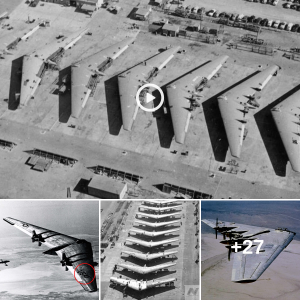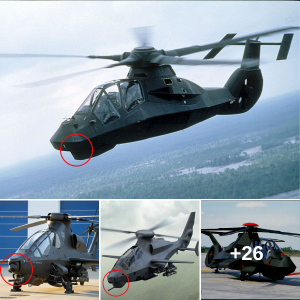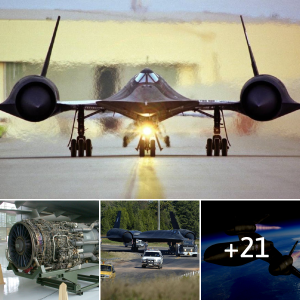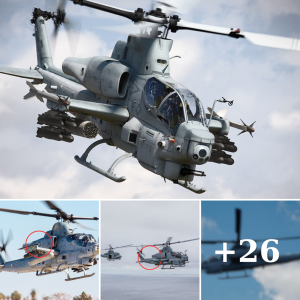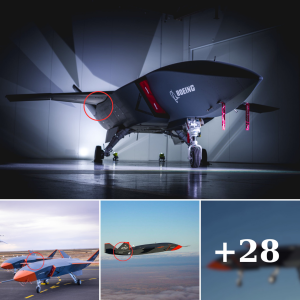The Indian state run Defence Research and Development Organization (DRDO) has begin work developing an indigenous active electronically scanned array (AESA) radar for the country’s Su-30MKI heavyweight fighters, which currently form the backbone of the Air Force’s combat fleet with over 270 in service. The development was widely reported by local media, with DRDO Electronics and Radar Development Establishment expected to base the new sensor on the Uttam radar intended to modernise the Tejas fighter.

The new radar is scheduled to begin flight testing in 2024 and have the sensor ready for service in 2026. A further indigenous upgrade reported to be under development was an enhanced flight control system to facilitate the integration of hypersonic missiles, which are expected to be developed jointly with Russia under a successor to the BrahMos program. The new avionics are expected to cement the Su-30MKI’s position as the most capable fighter in South Asia, with no other heavyweight fighters being operational in the region.
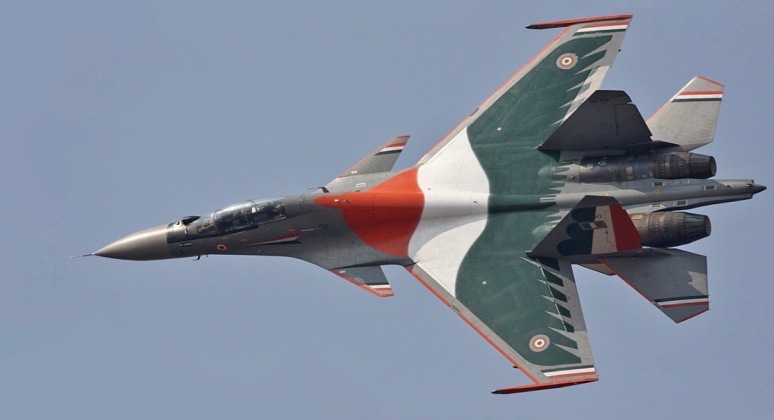
While India’s ability to develop a viable AESA radar on par with overseas designs remains questionable due to its limited electronics industry, success would potentially result in billions of dollars in losses for Russia’s defence sector. The Indian Air Force previously showed a strong interest in acquiring Russian sensors, including either the Irbis-E from the Su-35 or an AESA radar derived from the next generation Su-57’s N036 Byelka, to modernise its Su-30MKI fleet, with acquisition of Russian AL-41 engines reportedly still under consideration to enhance the aircraft. The Su-30MKI was widely considered the world’s most capable operational fighter when it entered service in 2002, having been among the first with an electronically scanned array radar and the first with thrust vectoring engines for enhanced manoeuvrability. The aircraft’s superiority has since been challenged by developments in neighbouring China, which is the only country other than the U.S. to field fifth generation fighters at squadron level strength and has modernised older designs with fifth generation level avionics and sensors. This has left the Su-30MKI, which India has been slow to commission major upgrades for, to fall increasingly behind.
